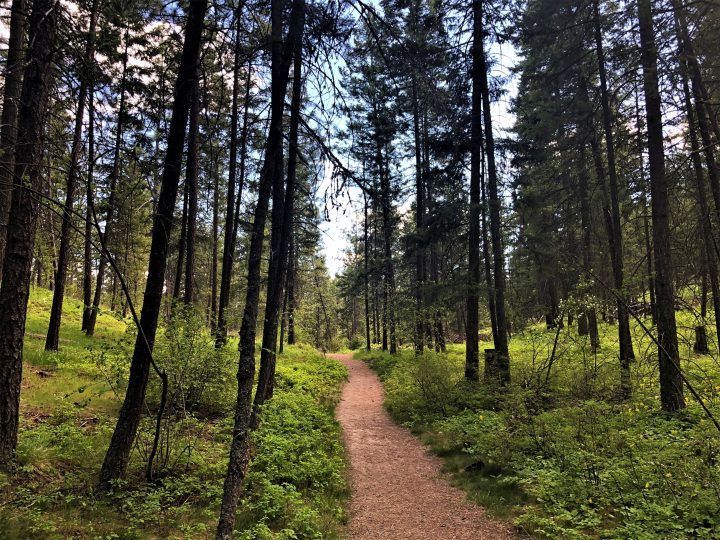The City of West Kelowna issued warnings on Friday afternoon of bear and cub sightings along two popular hiking routes.

The first warning was of a mother bear and a cub spotted along Mount Boucherie, with the city asking hikers to please be extra cautious on the mountain.
The second warning, sent out one hour later, said a mother bear and cub were also seen along the Rose Valley trail systems.
Earlier this week, WildSafeBC released a two-minute video about bears in springtime. That video can be seen below.

Get daily National news
According to WildSafeBC, the American black bear is the most common of the three bears found in Canada, and that B.C. has one of the highest populations of black bears in the world.
“Pretty much all of B.C. is considered bear country,” said WildSafe BC, “with bears inhabiting everything from the coastal forests, through to the interior grasslands.
“From north to south and east to west in this province you’ll have a chance to see black bears.”

Here are some facts from WildSafeBC about black bears:
- Adult males measure between 60 to 90 centimetres at shoulder height and weigh anywhere from 80 to 300 kilograms.
- Black bears come in a variety of colours – everything from the white Kermode bear to black and most shades of brown.
- Bears eyesight and hearing are as good as, or better, than that of humans.
- Adult black bears have few predators in the wild: grizzly bears and wolves are about the only animals that will attempt to kill a full-grown black bear.
- Young black bears may be preyed upon by adult male black bears, grizzly bears, wolves, coyotes, and cougars.
- Black bears can live to be over 30 years of age in the wild, but more commonly live to be about 15-20 years of age.
- Black bears are extremely fast and can run equally as well uphill or down.
For more about black bears, including how to prevent conflict with them and what to do should you encounter one, click here.






Comments